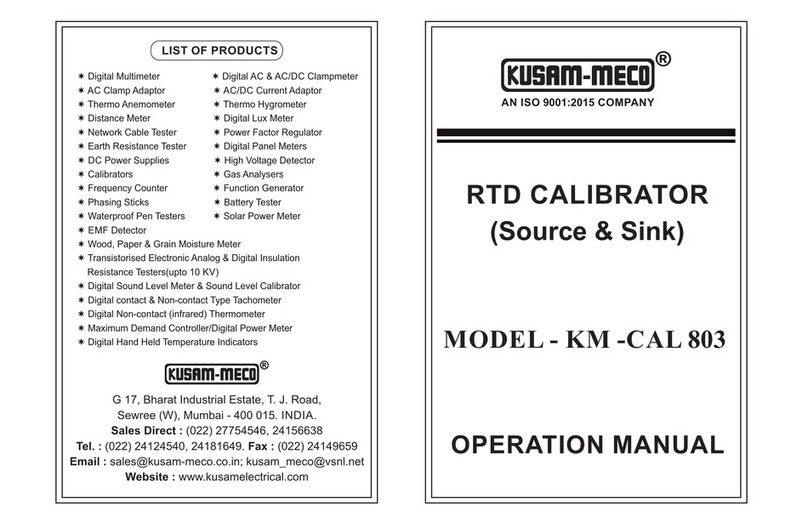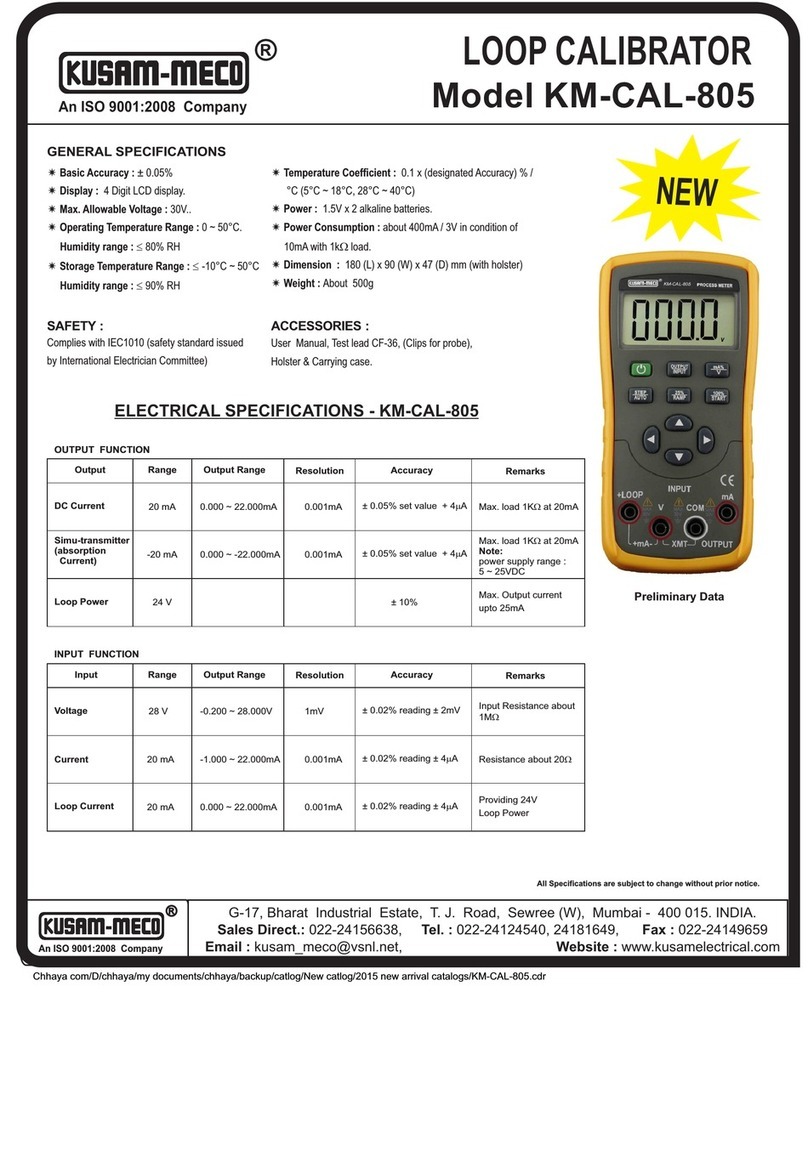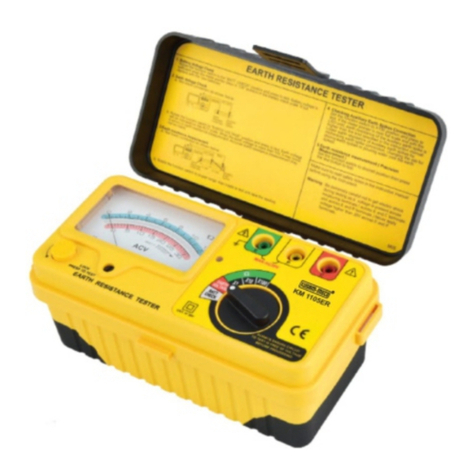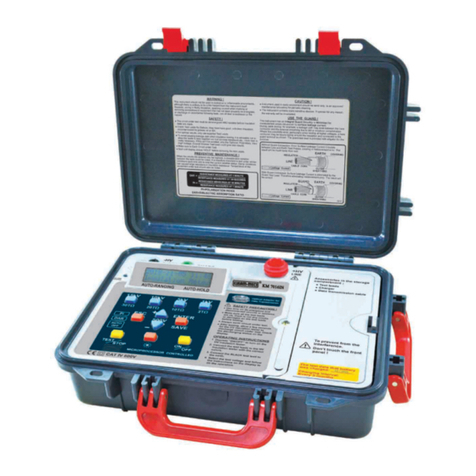
7.3 Sourcing DC Current ......................................................................22
7.3.1 Manual Set 25%, 100% 4-20 mA Function .......................................23
7.3.2 Auto-stepping and auto-sweeping 4-20mA function .........................23
7.3.3 mA% display ................................................................................25
7.3.4 4-20 mA simulate transmitter source ..............................................25
7.4 Sourcing Resistance .......................................................................26
7.5 Simulate Sourcing TC .....................................................................27
7.5.1 Temperature Monitor Function ......................................................29
7.6 Sourcing RTD ..................................................................................29
7.6.1 Temperature Monitor Function .......................................................29
7.7 Sourcing Frequency .......................................................................31
7.8 Sourcing Number of Pulses ............................................................32
7.9 Sourcing Contact ............................................................................35
7.10 Sourcing Pressure ........................................................................36
7.10.1 Auto-hold of pressure source ......................................................38
7.11 Zero-off function ............................................................................38
8. Measurement .......................................................................................39
8.1 Connecting Cables to Terminals ....................................................40
8.2 Measuring DC Voltage ....................................................................42
8.3 Measuring DC current ....................................................................43
8.3.1 mA% Display ................................................................................43
8.3.2 Using As 24-V Loop Power Supply .................................................43
8.4 Measuring Resistance ....................................................................44
8.5 Measuring Temperature with Thermocouple (TC) ..........................44
8.5.1 Using RJ Sensor ..........................................................................45
8.5.2 Temperature Monitor Function ......................................................45
8.6 Measuring Temperature with RTD ...................................................46
8.6.1 Temperature Monitor Function .......................................................46
8.7 Sourcing Frequency .......................................................................47
8.8 Sourcing Number of Pulses ............................................................47
8.9 Sourcing Contact ............................................................................48
8.10 Sourcing Pressure ........................................................................48
8.11 Auto-hold of pressure source .............................................49
8.12 Zero-off function ............................................................................50
9. Environmental Temperature ...............................................................50
10. Factory Default ....................................................................................50
10.1 Setting Auto-power off time ..........................................................50
10.2 Setting Backlight time ...................................................................51
10.3 Setting temperature unit ...............................................................52












































